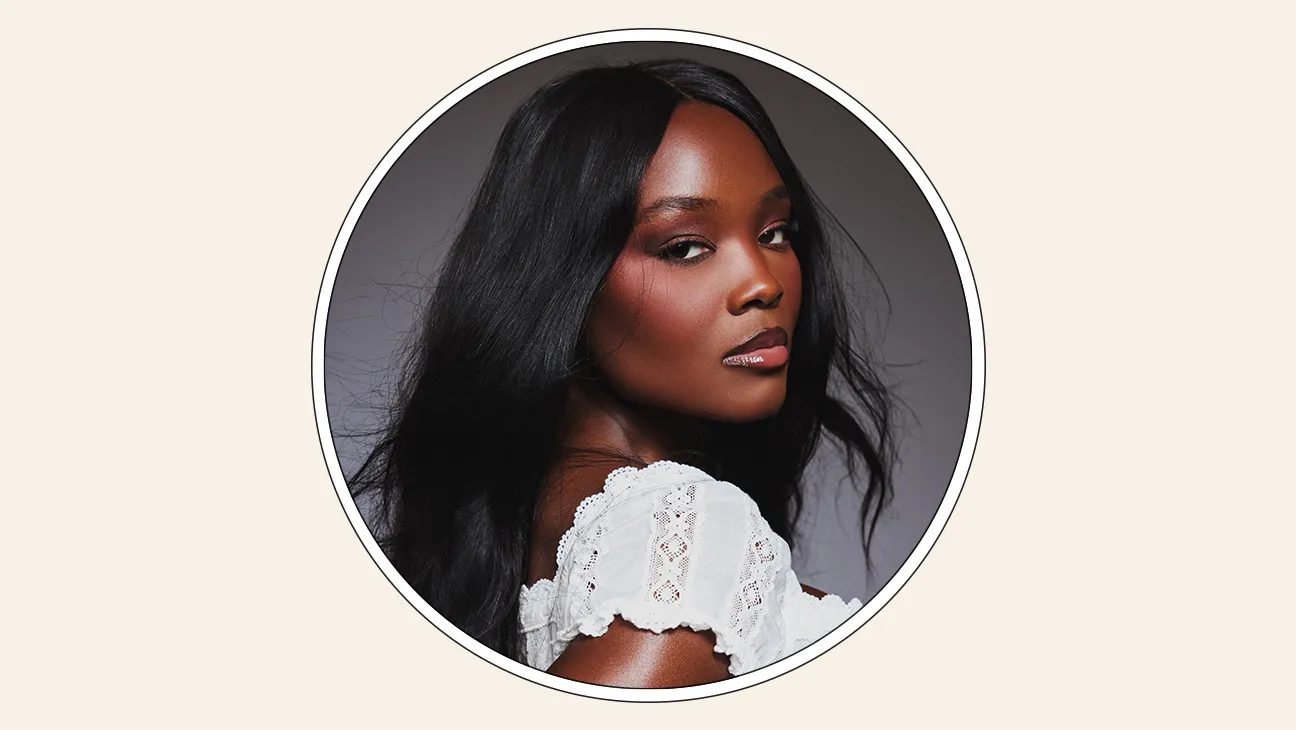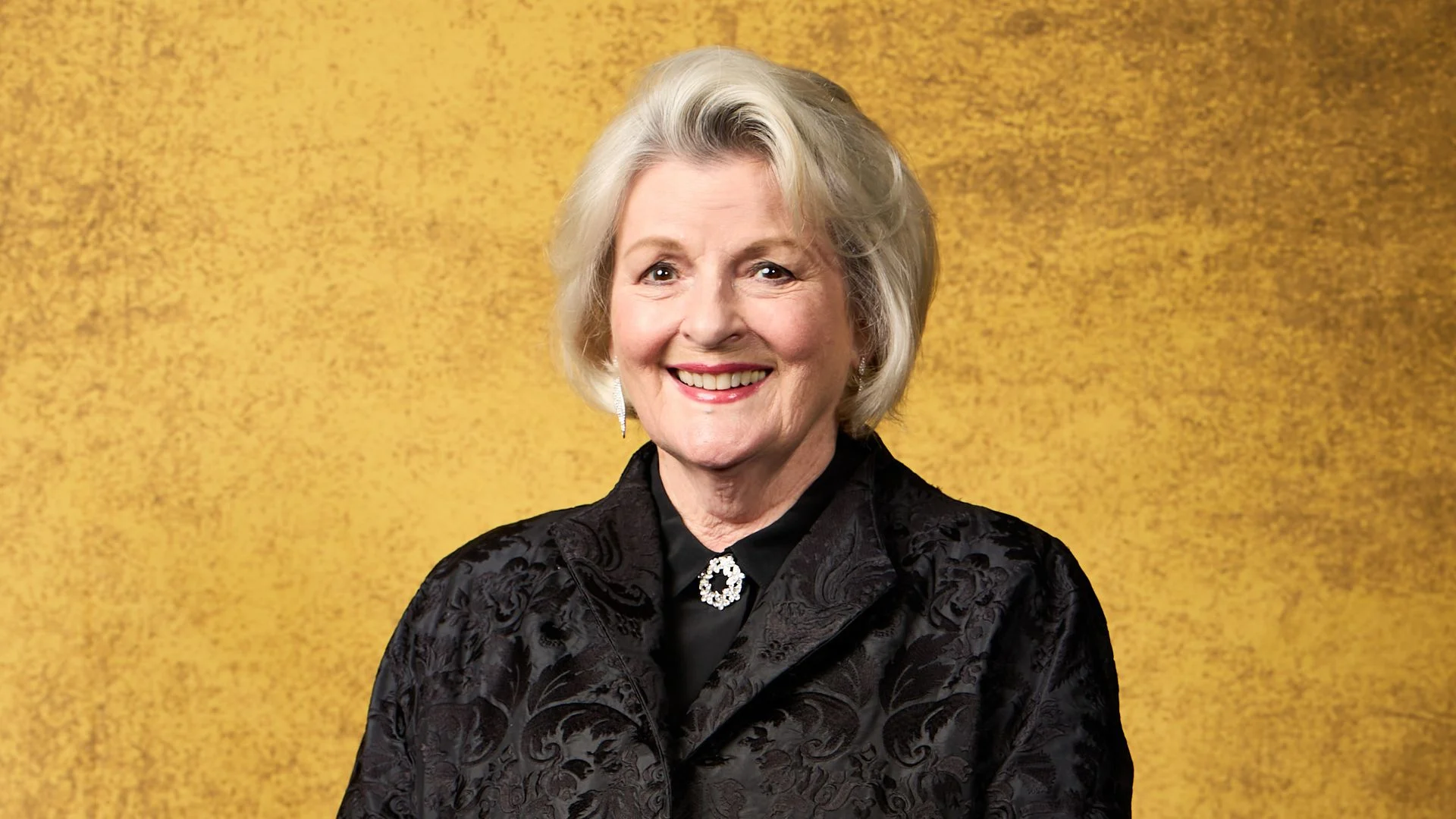Copyright forbes

Instagram Ring Awards Instagram Ring Awards Chances are, you’ve heard Chris Brickley’s name. Maybe you’ve worn his Puma shoes, spotted him, digitized, courtside in NBA 2K, or know him from his time as a player development director for the Knicks. Or perhaps you’ve visited his Instagram—now christened with a gold polish and a gold ring around his icon after winning an Instagram Creator “Rings” award. One scroll is all it takes to see what sets him apart from other "athletic influencers." he puts training and player development first, and just so happens to record himself coaching some of basketball’s biggest names: LeBron James, Kevin Durant, and Paige Bueckers, just to name a few. You may have seen the video of the aforementioned basketball players running drills in a muted, pale gray-scaled gym, the light-colored hardwood catching the faint glow. Summit New York is printed across the wall, and Brickley coaches quietly in the background. It’s the kind of place where players are honed, stars are forged, and where nameless college athletes get the NBA experience prior to the draft — Brickley is an integral part of every step. Brickley is doing something no other trainer has done before, or at least, that’s what his Billboard magazine headline reads. For many trainers, maintaining a low-profile, almost stealth-like presence on social media is the norm — that was expected of him when he first joined the Knicks in player development. It wasn’t until he stepped out of line, starting his own player development business and posting simple videos of himself training, that he recognized the weight and opportunity in his unique position. It was that left of center move that landed him as the first trainer with a signature sneaker, his own training camp, Bose partnership, and more. Below, we asked Brickley all about his Instagram creator ‘Ring’ award, training the best of the best, his social media presence, and his fashion sense. Was there any hesitation or taboo around posting your workouts with big-name clients? Was there ever someone who said, “I don’t want to be recorded,” until they saw a bigger name, like LeBron [James] working out with you, and then said, “Actually, you can put me on your page?" When I first started doing individual workouts, I was with the Knicks, I was the director of player development. Obviously, when you’re in the Knicks’ facility, you’re not recording anything. The season’s about seven months long, so for five of those months, I’m traveling the world with Carmelo Anthony, doing workouts with LeBron [James], and other players, none of that could be filmed. Actually, I even got a tattoo, it’s a scary-looking one, that says Silent Assassin. I was thinking, man, I’m doing such cool stuff right now, and if I could get it out there somehow, it would definitely make waves on social media. But the New York Knicks had strict rules: if you’re a coach, you can’t post anything basketball-related online. So during those years, I just couldn’t touch social media. I decided to leave the Knicks, not because of social media, but because I felt I could build my own business. Once I started that, my content journey began. Back then, like you said, it was kind of taboo: no players were posting their workouts. There wasn’t this culture of “I’m wearing a nice outfit today, let me post a workout.” MORE FOR YOU It wasn’t all on me, either. Carmelo [Anthony]was coming off being a scoring champion, an All-Star for seven or eight years, and highly respected by his peers. We started doing workouts together, and he said, “Post that.” I thought, alright, cool, and the video went viral. I would get emails and texts from folks working nine-to-five jobs, saying, “The best part of my day is when you drop those videos. I’ll be at work, just watching them. It’s so cool.” What was the intention to continue to post videos after the first one went viral? The intention in continuing wasn’t just to post one viral video and stop. There was a lot of thought behind it. When we worked out, it was 75 to 90 minutes, but back then, Instagram only allowed 15–30 second videos. As time went on, the clips got longer, and the videos went viral. Bleacher Report, ESPN, and other big pages were reposting them. I started getting followers, empowering the players, and seeing it as a win-win. Later, I started working with JR Smith, and posting videos became part of what I did, but only if the player was okay with it. For the most part, players have been supportive. There were a few exceptions: Devin Booker wore an unreleased shoe, so we had to blur it out, and Jalen Green was navigating issues with a sneaker company, so he preferred not to post. But generally, no player has ever told me, “Don’t post anything.” Over time, I’ve developed a reputation: posting content isn’t going to hurt the player, and in many cases, it helps. That trust is what allows this work to keep growing. Chris Brickley (4) Chris Brickley You’ve shared about familial loss, sacrifice, homelessness, real human experiences that a lot of people hide. What drives you to stay open and show the full picture instead of keeping it just about the game? Why is that side important to you? I think it’s really important. I’d be lying if I said I’ve never read a DM from someone who said something that made them tear up. I went through a phase, maybe around COVID, where I couldn’t really do workouts, but I had a big following and I wanted to touch people. That’s when I really started opening up about what I went through growing up.I lost my mother. I lost three of my best friends, back to back to back. And it was interesting, by sharing that, I was helping other people, but I was also helping myself. It was a cool moment. I connected with so many people who were like, “I went through something similar,” or “I’m going through that right now.” But there were days when it got really heavy. And I had to learn to pull back a little because, at the end of the day, I’m still a basketball trainer. I don’t have any certifications in mental health, I can tell you how I feel, but I’m not a therapist. When I first started opening up, people were drawn to it, but it was intense. So I had to ask myself: Can I handle this? Am I the right person to handle this? I had to be honest with myself. I still touch on those topics, but I learned it’s about balance. Social media is trial and error, you try something, you see how people respond, and you figure out what you can handle. COVID was really the time when I opened up the most. Chris Brickley Chris Brickley Your name has become somewhat synonymous with privileged basketball players or those at the height of their professional careers. Jason Williams famously said that young guys don’t want to grind or win championships, they just want to work out with you in the summer. That’s funny because I actually have a Jason Williams tattoo on my leg. I was like, “Oh my God, he’s talking about me. That’s crazy.” I love Jason Williams, but I had mixed emotions when I heard that. I thought, okay, I hear you, and it’s cool, but I never want to be seen as the guy who just posts highlight reels. We do 10 workouts that are 90 minutes each. I might post two 90-second clips, that’s three minutes out of 10 hours. I’m showing just a tiny fraction of the work. I take it as a compliment, but I’m also careful. When players reach out, if I sense they just want videos, I won’t train them. Sometimes it happens with a player I really like, after the first workout, I get home and hear, “You gonna post a video?” That’s a red flag. Sometimes I post it, sometimes I don’t, but chances are, you won’t see me training that player again. On that note, I want to talk about how the digital space has transformed and shaped basketball. I know in the skating world, there was a period where people like Tyshawn Jones and Sage Elsesser were just filming clips on Instagram and posting them. Then there was a shift to the “Instagram skater,” the skater who lived to create Instagram clips. Especially with OTE [Overtime Basketball] and Creator League, do you see a similar shift happening in basketball? What’s your perspective or role in it? Almost like “Instagram basketball players?” That’s definitely a thing. But before Instagram, I was a top 100 player in the country. I was the youngest Division 1 assistant coach and the youngest director of basketball development for an NBA team, all before I ever used social media. If social media didn’t exist today, I think I would still be coaching, and I believe I’d be pretty good at it, having Phil Jackson and [Mike] D’Antoni as mentors, two of the greatest. There are people who live and die by social media, and I don’t know how they’d manage without it. Luckily, I put myself in a position where social media is a tool, not a necessity. It’s amazing. It’s allowed me to take care of the people around me, take care of my dad, but I don’t need it to define my career. I never want to be seen as an “Instagram trainer.” I want to be someone who empowers players. I want to talk about fashion. People often say, “You look good, you play good.” Do you think there’s a certain charm or confidence that comes from what you wear when you’re practicing or training? I notice you often wear bright colors and bold patterns, especially on your basketball shorts. What’s the recipe for how you get dressed every day? My dad always jokes about it, but even when I was 11, all my friends knew I liked to wear multiple outfits a day. It keeps me refreshed, energized, and excited to put something new on. I’ve always been really into fashion and music. When I was 10, I went to Walmart and bought my first cassette tape, Wu-Tang Forever. That was the start of my connection to hip hop, style, and fashion. Growing up, I would go to Marshalls and TJ Maxx searching for the coolest pieces, like Ecko [Unltd] or Mecca. Urban fashion has always been a part of me, so when people see me today and assume it’s just flashy or trendy, I laugh, I’ve been into the same stuff since I was 10 or 11. It’s very organic. Now, I just have a little more money to buy exactly what I like, but my love for fashion has always been the same. Chris Brickley Chris Brickley I’d assume you grew up looking up to basketball players with really good style. Think of the Chicago Bulls during the ’90s or Allen Iverson. Those were fashion icons in their own right. That brings me to another point: a lot of people say athletes can’t dress. How have you seen the shift happen from wearing primarily athleisure to branching out into personal style? I have two thoughts on that. Personally, I grew up in Section 8 housing. I didn’t have much money, but if you’re really into fashion, you can make it work. You can go to a vintage store and find a dope piece for $4. I was always that kid, my budget for Christmas might have been $30, and I’d find something cool at Marshalls or TJ Maxx. You don’t need a ton of money to develop style. A lot of athletes, though, grow up with strict parents who prioritize practicality over fashion. When they get to the league, there are usually four or five big stylists. That can be limiting. I see players being put in the same outfits in different colors, which is frustrating. Style should be about individuality, not just following a uniform. Younger players, I’m sure, are coming to you for things beyond basketball — I’m talking about confidence and style. What’s your go-to advice, or do you have boundaries around being this all-encompassing player development director? First and foremost, my job is to get the best out of players. There are so many ways to do that, but the goal is always the same, I want a player to look their best on the court, perform at the highest level, and have their confidence and energy super high. If I can just do that for the rest of my life, I’m great. As friendships with these players grow, the conversation often expands into music, fashion, and lifestyle. In the last couple of years, the dynamic has shifted. I used to be close in age with players like Carmelo [Anthony], LeBron [James], and Jimmy Butler. Now, I’m working with 19-year-olds, so there’s a bigger age gap. We’re not going to clubs together, but after a workout we might watch games in my apartment or grab dinner. It’s more of a mentor role now. Since many of them are into fashion, they’ll ask, “Who makes that? Where did you get that?” Being in New York, shopping is part of the culture, so I guide them toward places that fit their style. And you just came out with your own shoe with Puma, the All Pro Nitro. Can you talk about the experience of having your own signature shoe? That was never the plan. I started off working with Rudy Gay, he wearing a Puma basketball shoe. I posted it on my social media, and all the big sneaker blogs started sharing it. I went to my manager and said, “We have to get a Puma deal.” My manager, Alex Koblenz, worked hard and got me the deal. At first, it was a standard player deal: I had to wear their gear and couldn’t wear competitors. Then I pushed to get my own sneaker. We went to Boston, and they said not yet. On the flight back, I was texting my team, saying we had to push harder. About a year later, we finally got the sneaker. It sold out the first day, and the second sneaker, sold at Foot Locker and internationally, also sold out. After that, I wanted the shoe to appeal off the court. I was tired of seeing either really loud basketball shoes that only made sense on the court. I wanted it to look good for anyone wearing it casually. I took the Puma All Pro Nitro, a lightweight performance shoe, and added leather and suede to it. It was a risk, but it paid off, and I’m happy I did it. Besides your shoe, you were featured in 2K, have a Bose partnership, run kids’ training camps, and more. Do you ever sit back and reflect on the opportunities you’ve been given, not just because of your talent and perseverance in player development, but also for showcasing it on social media and celebrating your work out loud? I actually think about a quote I heard. Kevin Hart was talking about Drake versus Kendrick Lamar versus J. Cole. He pointed out that Drake has no problem posting about himself, about his brand, and that helps him. Meanwhile, Kendrick or J. Cole rarely do that. I think both approaches are valid. Personally, I’ve always taken the route of sharing those moments. I live one life, if Forbes writes about me, I’ll post it. It’s inspiring. Maybe someone in New Hampshire, where I grew up, sees it and thinks, one day I could be in Forbes too. I could choose not to post any of it, but I feel like that would go over people’s heads. I want to inspire as much as possible while staying humble. At the end of the day, my number one job is getting the players better. And if, in the process, I can inspire kids around the world, then I’m doing my job. Speaking of kids, I see a lot of kids come up to you, and you post videos of them asking to take photos. What’s the number one question or comment they have for you? They all ask the same thing: “Who’s the best player you’ve worked out with?” And what do you say? I have a tier system. My A-tier list is LeBron James, Kevin Durant, Giannis Antetokounmpo, James Harden, Russell Westbrook, and Joel Embiid. That’s my top tier. Editorial StandardsReprints & Permissions



